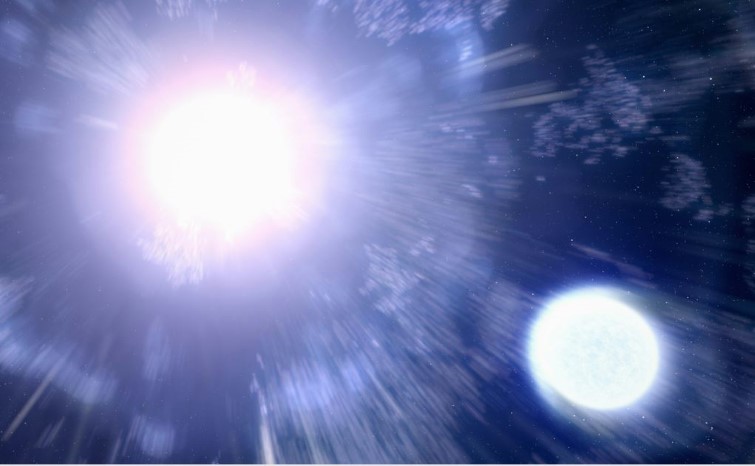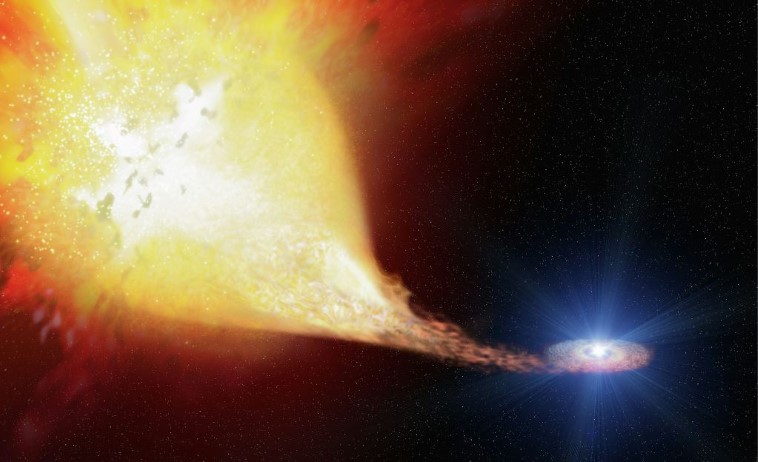How many stars die every single year in our galaxy?

In huge, swirling clouds of gas and dust a thousand times larger than our entire solar system, stars have been born continuously since the very beginning of the galaxy.
But nothing is eternal, so even the stars have their own life, which eventually, after tens of millions or sometimes tens of billions of years, goes out. Sometimes a star dies quietly and peacefully, and sometimes violently when its last tremors ripple through the entire galaxy.
Really, how often does it happen that a star dies?
An ordinary star like the Sun or smaller, has an interesting if somewhat monotonous life. It goes through certain stages. At the end of its life after it inflates and passes through the red giant phase it sheds its outer layers and becomes a white dwarf star.
In our galaxy, this happens once every two years. The galaxy has about 300 billion stars and one of them ends its life every two years.
Other stars, much more massive than the Sun, at least eight times, end their life dramatically. They disappear in a spectacular explosion that overshadows the entire galaxy with a flash.

We call that event a supernova. And that, astronomers say, happens once every 60 years. So, much rarer than the deaths of white dwarfs, but that is normal because there are also much fewer of these massive stars than stars like the Sun.
But overall, in the course of a century, about 52 stars disappear, which is 1.9 stars in one year.
But there are also brown dwarfs. These are gaseous bodies too small to be stars and too large to be planets. And there are many of them!
In fact, our galaxy is teeming with them. Unlike stars that generate energy by fusion of hydrogen and other elements, they generate energy by gradual contraction due to strong gravitational force.
Their mass is generally not large enough to cause nuclear fusion, as is the case with stars, but of course they also end their lives at some point. Their fuel is used up over time and they become dark objects of cold gas. This happens once to three times a year.
“The nitrogen in our DNA, the calcium in our teeth, the iron in our blood, the carbon in our apple pies were made in the interiors of collapsing stars. We are made of starstuff.”
— Carl Sagan, American astronomer and astrophysicist
The oldest galaxy that has stopped producing stars has been found by JWST
Since we are on the subject, we should mention that astronomers recently discovered something unusual. Somewhere far away in space and time, a galaxy with the official designation JADES-GS-z7-01-QU has stopped forming stars!
It happened about 700 million years after the Big Bang and the beginning of time, and the galaxy was imaged by the James Webb Space Telescope.
They are not entirely sure, but scientists believe that since its inception, that galaxy was very productive and was creating stars at an accelerated pace, but that process then suddenly stopped.
Of course, the production of stars stops when the material from which they are made, which is gas, runs out. But scientists are interested in why and in what way the gas dried up – because there are more possibilities for that.

That is why they are now looking for other similar galaxies in the early universe in order to understand how and why galaxies stop giving birth to new stars.
It is possible, according to some researchers, that some galaxies die only to revive later and continue forming stars.
Want to read more about the universe? Visit our blog!

